Tomorrow afternoon, Sprint and HTC will be unveiling the HTC EVO One in New York, but if you want to see what the phone will look like today, feast your eyes on the image above. According to PocketNow, the handset tucked in between the HTC One X and T-Mobile HTC One S is the new HTC EVO One which will launch on Sprint’s 4G LTE network on June 6th.
As expected the HTC EVO One looks similar to the HTC One series, but the traditional speaker grill and sharper edges around the display evoke some of the design cues from previous EVO devices. The image also shows that the EVO one will feature a dedicated camera shutter button along the edge of the phone, something that’s surprisingly missing from other HTC One handsets considering HTC is placing such a huge focus on the One’s camera abilities.
The HTC EVO One is rumored to feature all of the same specs as the HTC One X that’s heading to AT&T (1.5 GHx qual-core processor, 4.7-inch 720p display, 16GB of internal storage and an 8 megapixel camera), with a few minor differences. The EVO One is said to feature a much larger 2650 mAh batter and will bring back the kickstand which made the EVO 4G such an iconic handset when it was launched two years ago.
Source: PocketNow




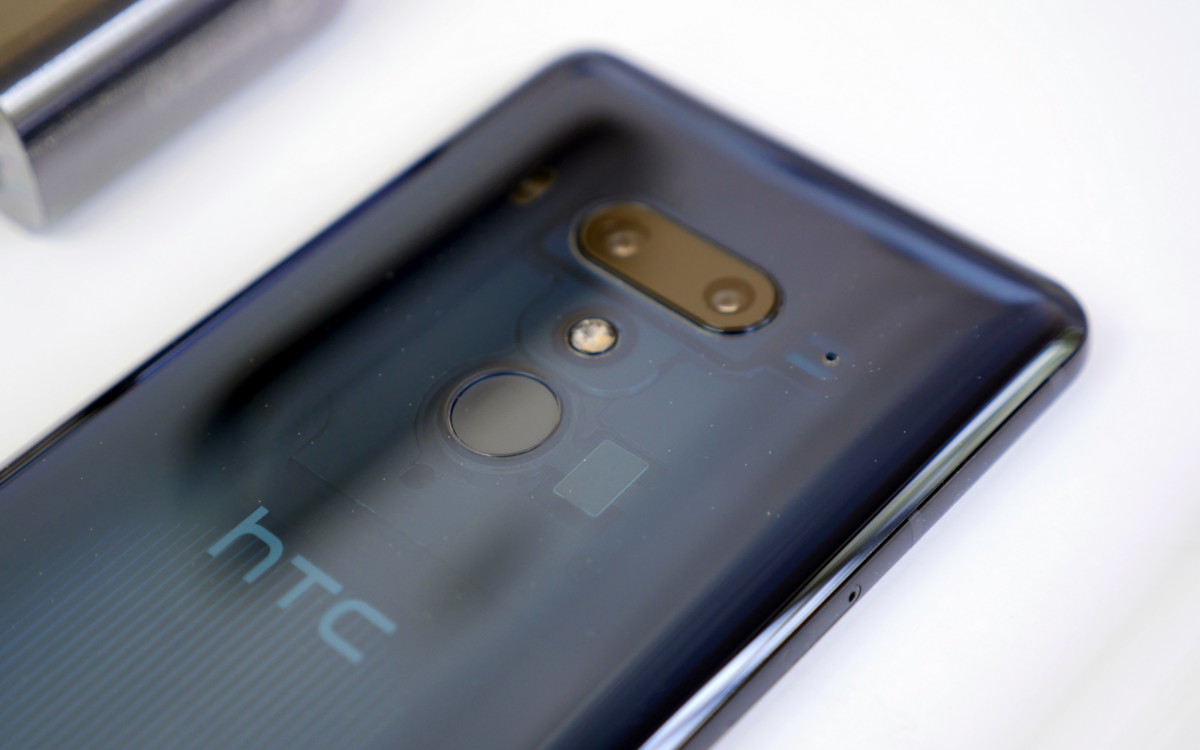
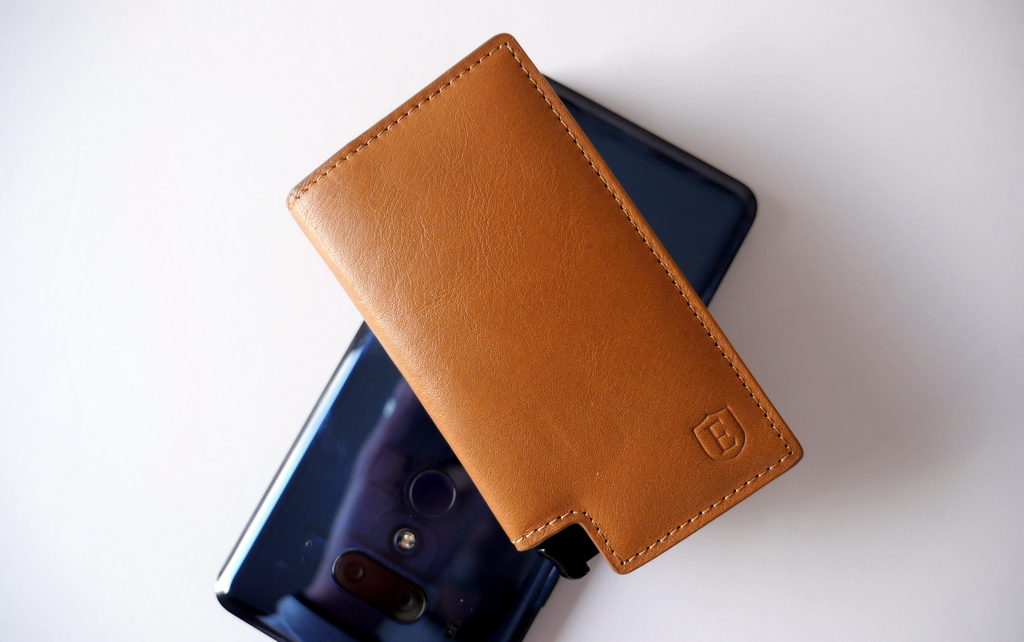

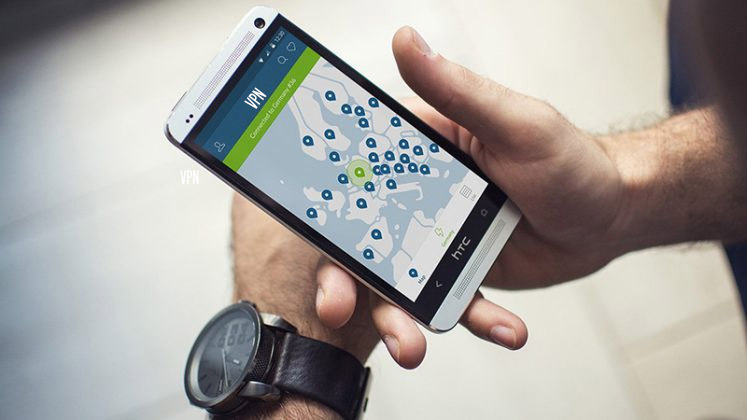


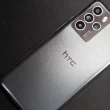
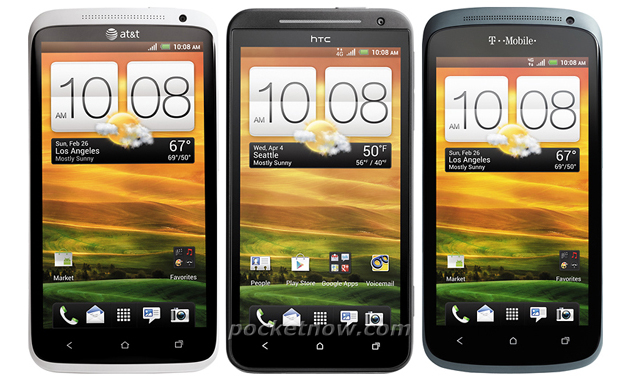
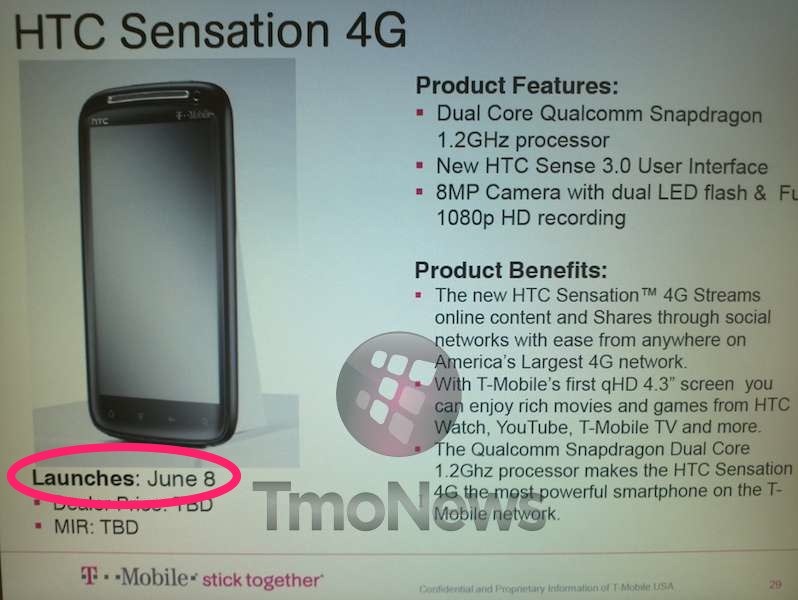

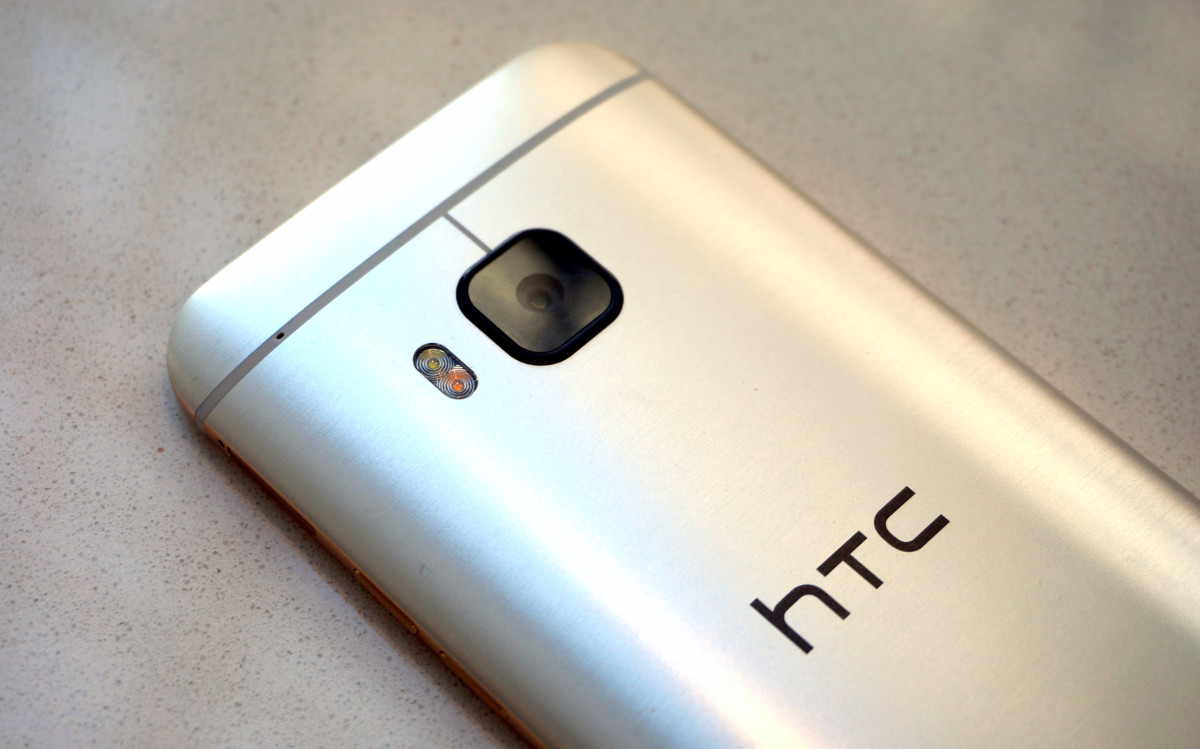
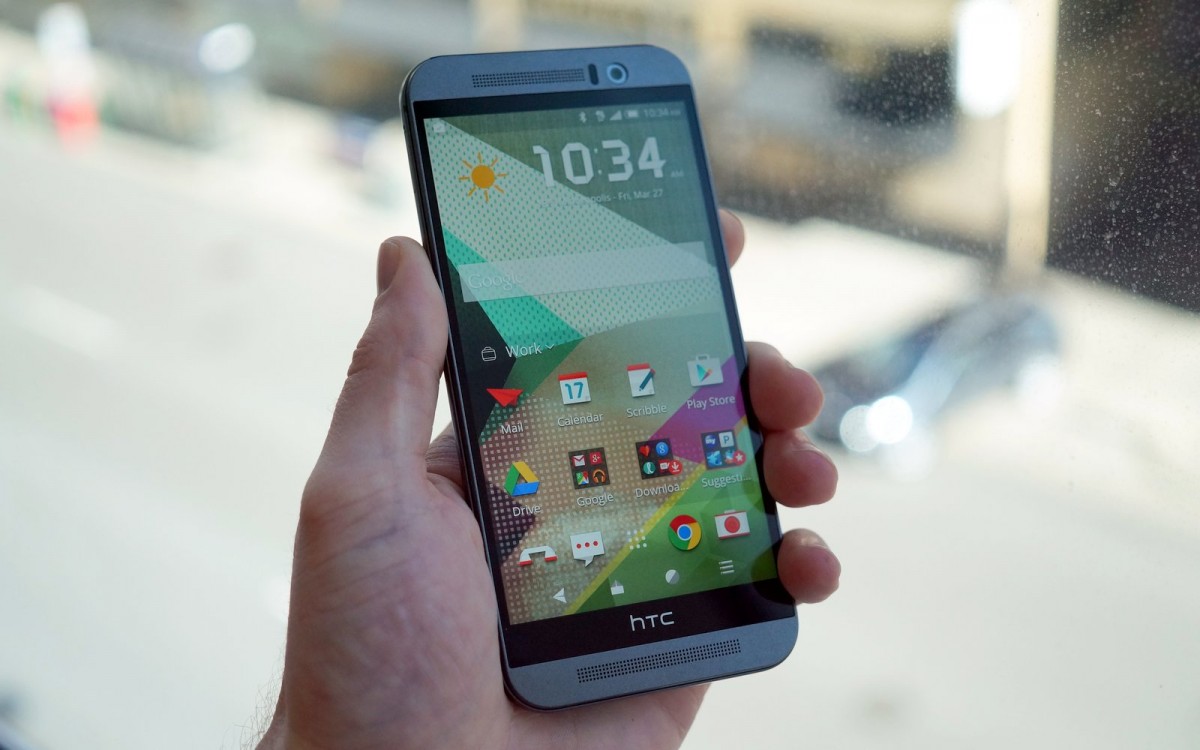
HTC seems to be splitting hairs with introducing so many models. Somewhat confusing for a consumer to choose the right phone. Still, looking forward to holding each one in my hand and viewing the performance in person to determine which one to upgrade to.
Looking forward to the new EVO I thought the camera would be better than 8 megapixels. Cant wait to hear all about it.
megapixel count has nothing to do with how good a camera is. It simply determines how large an image is. When you add megapixels, you need more processing power to capture all those pixels. The only time you would need more than 8 megapixels is if you are printing an images that’s 21×29.
As an American, I think it is a little ridiculous that the carriers in the U.S. want to have all of their phones unique and branded with their name. Why cant they just use the same devices across carriers, as is done everywhere else in the world. (GSM-CDMA differences taken into account.) I just think that it is useless complication: Desire Z = G2, Desire HD = Inspire, Milestone = Droid, Gratia = Aria, etc.
Agree entirely James. I’m in Europe and have never understood why the US market has to be different. Also, why does HTC comply with this,. An iPhone is the same the world over.
I saw an article somewhere, probably here, that said bending over backwards for U.S. carriers was one of the reasons that HTC didn’t do to wel last year. I hope that this type of thing doesn’t cause the One series to have lower success in the U.S. (and everywhere else for that matter.)
The issue is that the EVO series is controlled mainly by Sprint just like the myTouch brand is controlled by T-Mobile. Sprint approaches HTC and says “we want you to make a phone for us that does…” and HTC whips something up for them.
The reason Sprint can do this is because they carry a lot more weight than individual service providers in Europe do. Sprint has 55 million customers (more than all the service providers in the UK combined) and can easily guarantee that they will sell 5 million units of a device which is made exclusively for them.
The reason Sprint and other U.S. service providers wan exclusive devices is because it gives them a competitive advantage over other service providers. In their mind, they could gain customers if they have a device that’s unique. If I was in business the make the most money possible, I would probably do exactly what Sprint, AT&T, T-Mobile and Verizon do. Unfortunately, consumers are on the other side of the issue and have to choose if they want to switch service providers every time a new phone is announced.